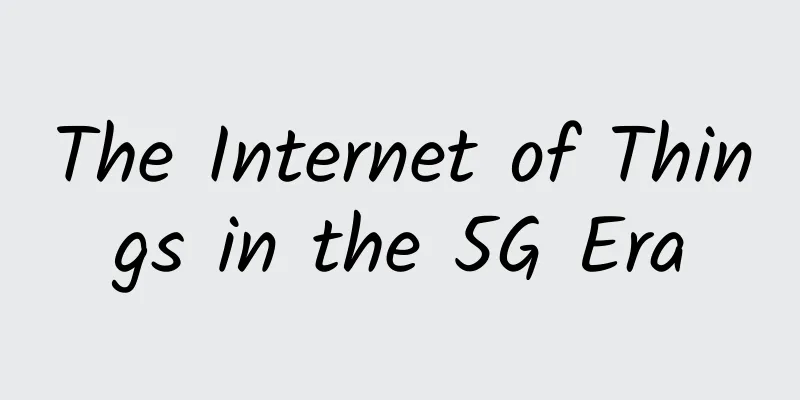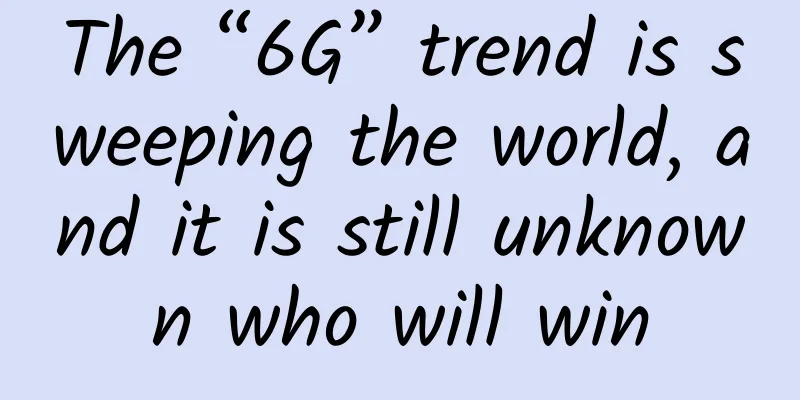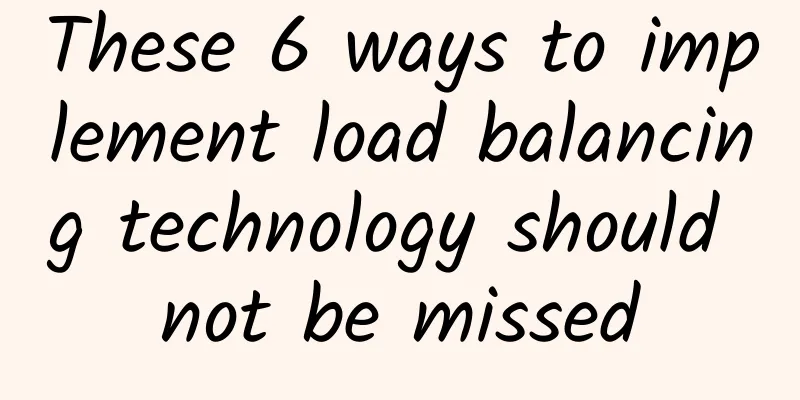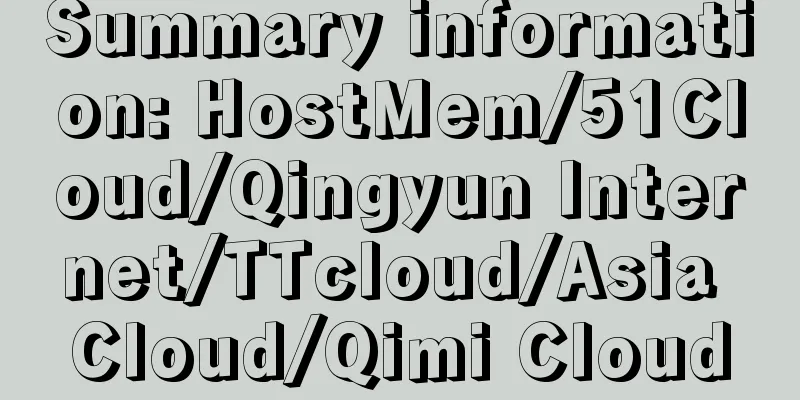The Internet of Things in the 5G Era

|
The government envisions making India a $5 trillion economy by 2025, and a major requirement for achieving this goal is to transform its digital infrastructure. According to a McKinsey report, implementing faster connectivity in mobile, healthcare, manufacturing, and retail could add $1.2 to $2 trillion to global GDP by 2030, which would have a cumulative economic impact of $1 trillion on India by 2035. With this in mind, the country is planning to roll out 5G to expand new-age technologies and various digital applications. The next-generation 5G network will allow businesses and governments to leverage technologies such as IoT, AI, AR/VR, and private LTE to support Industry 4.0. 5G will enable more mission-critical IoT devices to connect reliably over wireless while providing enhanced broadband for immersive, seamless experiences and better access to healthcare, education, e-governance, banking, crisis management, etc. According to GSMA, 5G technology will contribute approximately $450 billion to the Indian economy during 2023-2040 (0.6% of GDP by 2040). 5G will stimulate innovation in various industries and give rise to emerging technologies such as the Internet of Things, making it an indispensable part of the economy and lifestyle. 5G's impact on the Internet of Things and its applicationsIDC predicts that there will be 41.6 billion IoT devices in 2025. The increase in the number of IoT devices in the region requires ultra-low latency, higher reliability, massive network capacity, and higher availability, which can be delivered with the help of 5G speeds. 5G provides a consistent user experience by creating a more stable connection. In addition, 5G will speed up the data transmission process, which is a challenge faced by today's IoT technology due to system disconnection. With the use of sensors and smart applications, people can easily transmit data from anywhere. 5G will enable us to remotely control more devices in situations where real-time network performance is critical, such as remotely controlling heavy machinery in hazardous environments, thereby improving worker safety and even remote surgery. In addition, smart cities are betting big on the Internet of Things because it will affect the development of traffic management, waste management, road safety, emergency response, etc. In short, if 4G was about speed and information, 5G will be about creating experiences and opening up a world of opportunities for industries and telecom service providers. Challenges IoT devices pose to 5G networksA report by the Internet and Mobile Association of India (IAMAI) estimates that India will have more than 900 million internet users by 2025. This is directly proportional to the exponential growth in bandwidth demand and capacity of 5G networks, which may become a significant issue for Internet Exchange Points (IXPs) in India in the coming years. In a data-driven world, 5G IoT deployments will face complex online security threats, but communications are expected to grow at faster data speeds than ever before. This will drive cloud-based services and data to be as impenetrable as possible to protect user data and privacy. To reduce complexity, IT needs to have a deeper understanding of the network to track devices, estimate multi-path SLAs, and use AI and ML to further enhance the experience. On the other hand, users need to be more cautious and strict about their data and privacy. Therefore, the transition to 5G may not be easy in the early stages, and new challenges will emerge as we enter this new era of communications. An emerging era of technology with endless use casesThe integrated ecosystem of 5G and IoT has the potential to revolutionize India’s infrastructure if synchronized in a systematic manner. The seamless integration of the two technologies can help industries across sectors take practical steps in the value chain. With the open roaming capabilities of Wi-Fi 6E, manufacturers can easily connect public 5G to private Wi-Fi 6E and make the two technologies work in harmony to enhance the user experience. Private 5G supports connectivity for a full range of technologies and use cases from the factory floor to the supply chain, remote sensors, and customer engagement. The synergistic combination of 5G+Wi-Fi6 networks supporting IoT devices will usher in a new era of digital connectivity. It represents a major shift in the IoT ecosystem, ensuring faster speeds, lower latency, higher reliability and a unified user experience. With its extraordinary efficiency, 5G will drive technology applications to be better, more convenient and more economical. It will further improve the quality of users' daily lives, from personal applications to fundamentally changed work and lifestyles. |
<<: Byte One: The server is down, is the client's TCP connection still there?
>>: How the wireless network market will develop in 2022
Recommend
Interpretation of this article: A complete list of interfaces commonly used by engineers
As an engineer, you should often deal with interf...
Standard Interconnect's new US lightweight cloud starts at 98 yuan/year, and Hong Kong CN2 starts at 198 yuan per year
At the beginning of the year, we shared informati...
InspireVM: $2/month KVM-512MB/7G NVme/512GB/Chicago Data Center
InspireVM is a site under Inspire Solutions LLC. ...
In the 5G era, how are operators doing in the government and enterprise market?
4G has just entered a stable development period, ...
Special price for standard interconnected bare metal servers: 8 cores, 32G memory, 500GB SSD, 100M bandwidth, starting from RMB 200 per month
Standard Interconnect is currently promoting bare...
How the Convergence of IoT and 5G Will Shape the Construction Industry
The Internet of Things (IoT) is changing the way ...
Special Research and Analysis of SMTC
Author: Wang Rui, unit: Hebei Mobile Labs Guide A...
The Tonghu Science City project started construction to create a "super cloud store terminal data" industrial ecosystem and effectively promote the upgrading of Huizhou's information industry
City leaders Chen Yiwei, Mai Jiaoming, Huang Yanx...
Outlook for domestic 5G development in 2021 (Part 2): Challenges
Relying on its significant advantages of high spe...
IT technology companies should not be "outsiders" in the fight against the epidemic! Details revealed
At the beginning of the 2020 New Year, a sudden C...
Seize the opportunity of enterprise applications with network slicing
5G is on the rise for a reason. In addition to fa...
LisaHost: Singapore/Taiwan/US ISP residential IP hosting starting from 68/month, AS4837/9929/CN2 GIA lines available
Lisahost was registered in Hong Kong in 2017. It ...
127.0.0.1 and localhost, how to choose?
In actual development, we often use 127.0.0.1 and...
I have no resistance to these 6 excellent computer software
[[389531]] Excellent computer software can greatl...









